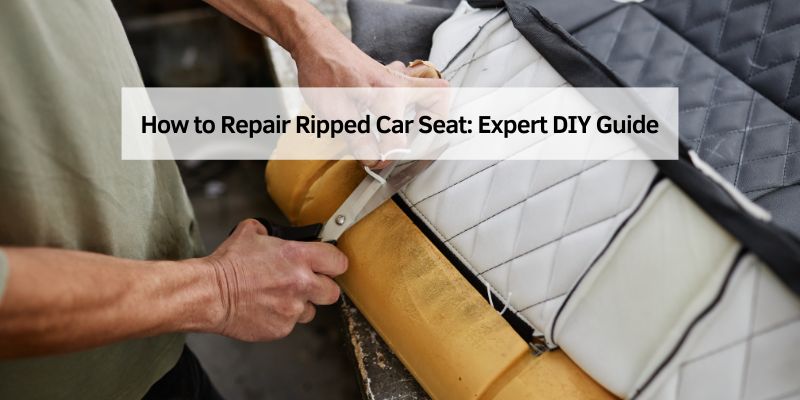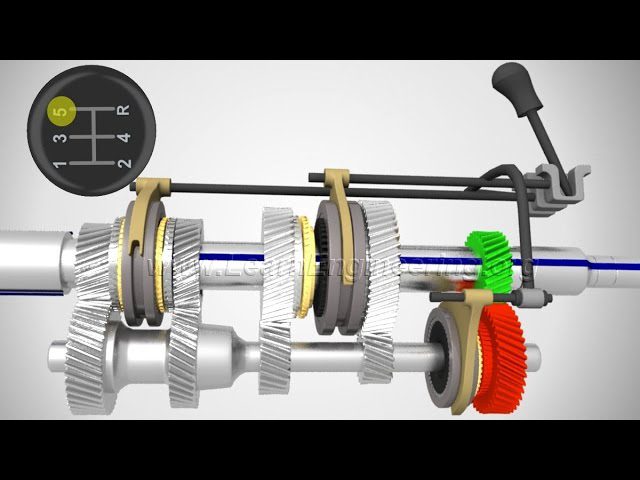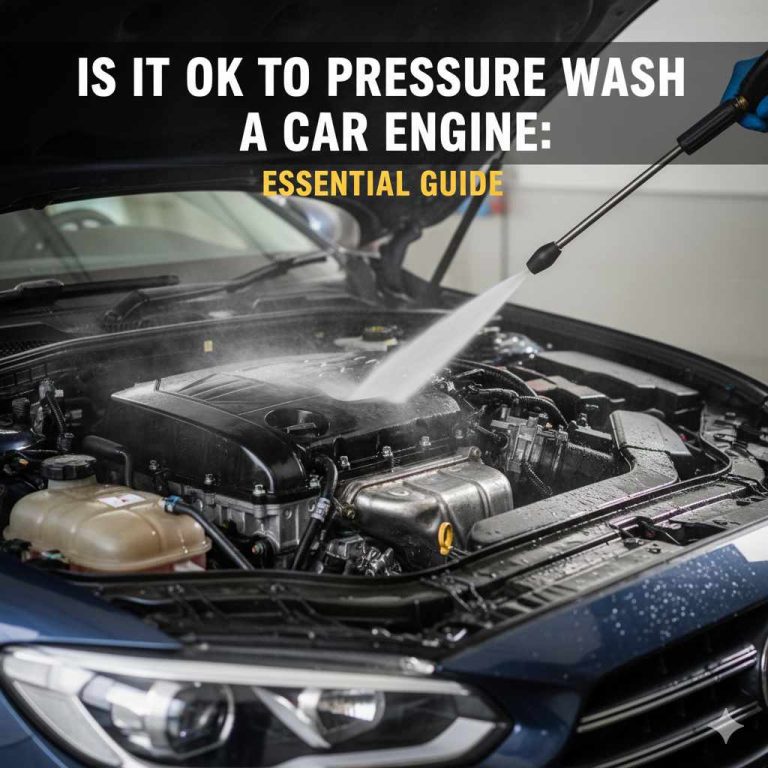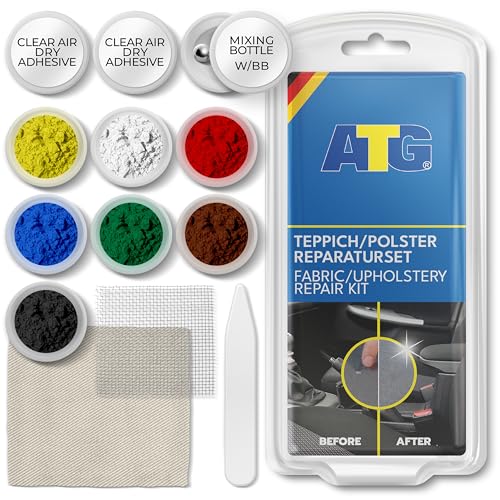How to Repair Ripped Car Seat: Expert DIY Guide
Repairing a ripped car seat might seem daunting at first. Yet, with the right guidance, anyone can tackle this challenge.
A torn car seat not only affects your vehicle’s interior look but can also reduce its resale value. Fixing it yourself can save you money and restore your car’s comfort. It’s a skill worth learning, especially if you’re a car enthusiast or simply wish to maintain your vehicle.
This guide will explore straightforward methods to mend your seat effectively. We’ll cover easy steps, necessary tools, and helpful tips. Whether it’s a small tear or a bigger rip, you’ll gain the confidence to handle it. Dive in to discover how simple repairs can make a big difference in your car’s appearance and value.
Credit: www.reddit.com
Assessing The Damage
Begin by carefully assessing the damage to your ripped car seat. Identify the type of fabric and the size of the tear. This helps in choosing the right repair method and materials for a seamless fix.
Identify The Rip Type
Finding the rip type is important. Tears can be straight, jagged, or a hole. Each type needs different fixes. Straight rips are easier. Jagged rips need more work. Holes might need patches. Look closely at the seat. Check the shape of the rip.
Evaluate Repair Feasibility
Some rips are simple to fix. Others might need experts. Small rips are usually easy to repair. Big rips or holes may require a professional. Consider the seat’s material. Leather is trickier than fabric. Think about your skills. Can you sew or patch? If not, seek help. Check the cost of repair. Sometimes, replacing is cheaper.
Gathering Essential Tools
A basic repair kit is very important. It usually includes a needle, thread, and fabric glue. Scissors are also necessary for cutting threads and patches. Some kits have patches that match car seat colors. This makes repairs look neat.
For tougher repairs, you may need specialized equipment. Upholstery needles are strong and can sew through thick fabric. Leather patches are for leather seats. They make the repair last longer. Seam sealants help keep stitches tight and secure.
Choosing The Right Materials
Choose a strong fabric that matches your car seat. Look for durable fabrics like vinyl or leather. These materials last longer. Pick a color that fits with your car’s interior. This makes the repair look professional.
Use a thick thread for strength. Thin threads break easily. A strong thread keeps the repair tight. Choose a sharp needle for easy sewing. Sharp needles go through fabric without much effort. They make sewing fast and smooth.
Preparing The Seat
First, gather all your cleaning supplies. You will need a soft cloth, mild soap, and warm water. Gently wipe the area around the rip with the cloth. Be sure to remove any dirt or dust. This will help the repair hold better. Dry the area with a clean towel. Make sure there is no moisture left. Clean surfaces allow for stronger repairs.
Gently pull the ripped edges together. You want them to meet evenly. Use your fingers to smooth the fabric. Make sure the edges line up straight. This step is important for a neat repair. You can use small pins to hold the fabric. But be careful not to poke yourself. Now, you are ready for the next step.
Sewing Techniques
Hand stitching is simple and useful. Needle and thread are required. Choose a strong thread. Use a needle with a small eye. This helps it pass through fabric easily. Sew the rip from the inside. This hides the stitches. Small stitches are best. They make the repair strong. Pull the thread tight. Don’t break it. Knot it at the end. This keeps the stitches from coming loose. Practice makes this task easier. Take your time. Patience is key.
A sewing machine works faster. Choose a strong thread and a matching color. Set the machine to a straight stitch. Test on a scrap fabric first. This checks the tension. Begin sewing at one end of the rip. Sew slowly and carefully. Keep the fabric smooth and flat. Backstitch at the start and end. This secures the stitches. Trim any loose threads. The repair should look neat. Follow these steps for a successful repair.

Credit: www.youtube.com
Applying Adhesive Patches
Start by cleaning the area around the rip. Make sure it’s free of dirt. This helps the patch stick better. Next, carefully place the adhesive patch over the rip. Ensure it covers the entire tear. Use your fingers to press it down firmly. This helps remove any air bubbles. Smooth out the edges for a seamless look.
Patch Placement
Choose the right size patch. It should be slightly larger than the tear. Align it carefully over the rip. Check that it covers all damaged areas. Press down on the middle first. Then, move towards the edges. This will help in sticking well.
Securing The Patch
Use a roller or a blunt object. Press down to secure the patch. This ensures it stays in place. Leave it to dry for a few hours. Avoid sitting on the seat during this time. Once dry, check the patch. It should be firmly attached and smooth.
Final Touches
Fixing a ripped car seat involves basic tools and materials. Start by cleaning the damaged area thoroughly. Use a fabric repair kit to patch and stitch the tear, restoring the seat’s appearance.
Trimming Excess Threads
Cut any loose threads on the car seat. Use sharp scissors to avoid damaging the fabric. Keep your work area tidy. Loose threads can make the repair look messy. Always be careful with scissors. Safety is important. Neat and clean repairs look better.
Reinforcing The Repair
Add extra stitches for strength. Use strong thread for best results. Reinforce weak areas. This helps the repair last longer. Check all stitches. Make sure they’re tight and secure. If needed, add more stitches.
A strong repair keeps the seat in good shape. Pay attention to details. Quality work makes a difference. Your seat will look great. Enjoy a neat and durable car seat.
Maintaining Repaired Seats
Regular cleaning helps keep car seats fresh. Use a soft brush to remove dirt. A vacuum cleaner can suck up crumbs and dust. For stains, a damp cloth works best. Choose mild soap, avoiding strong chemicals. Wipe seats gently. This prevents damage. Let seats air dry after cleaning. Moisture can harm the fabric. Clean seats monthly for best results.
Preventing Future Damage
Place seat covers to protect seats. They shield from spills and scratches. Seat covers are easy to remove and wash. Avoid sharp objects near seats. Keys and pens can tear fabric. Use a sunshade to block heat. Sun can fade and weaken fabric. Regular checks for wear and tear are smart. Early repairs stop bigger problems later.

Credit: www.youtube.com
Frequently Asked Questions
How Do You Fix A Ripped Fabric Car Seat?
To fix a ripped fabric car seat, sew the tear with a needle and strong thread. Use a fabric patch if necessary.
How Much Does It Cost To Fix A Ripped Car Seat?
Repairing a ripped car seat can cost between $75 and $300. The price depends on the material and extent of damage. Leather repairs tend to be more expensive than fabric ones. Getting quotes from local upholstery shops can help find the best deal.
Can Holes In Car Seats Be Repaired?
Yes, holes in car seats can be repaired. Various methods exist, like patching, sewing, or using repair kits. Professional services provide better results, ensuring durability and appearance. DIY options are available for quick fixes, but might not last long. Regular maintenance helps prevent further damage.
How To Cover A Rip In A Car Seat?
To cover a rip in a car seat, use a fabric patch or upholstery adhesive. Clean the area first. Apply the patch firmly and ensure it matches the seat color. For a seamless look, stitch or use fabric glue. Consider professional repair for large rips.
Conclusion
Repairing a ripped car seat is straightforward. With basic tools, you can fix it. Follow the steps carefully. Remember to choose the right materials. A well-repaired seat looks good. It also lasts longer. Regular maintenance prevents future damage. This saves money over time.
Keep your car interior looking fresh. Your efforts are rewarding. Enjoy the comfort of a neat seat. Practice makes the process easier. Don’t hesitate to start today. Your car deserves care and attention. A little effort goes a long way.
Now, take pride in your handiwork. Happy driving!

